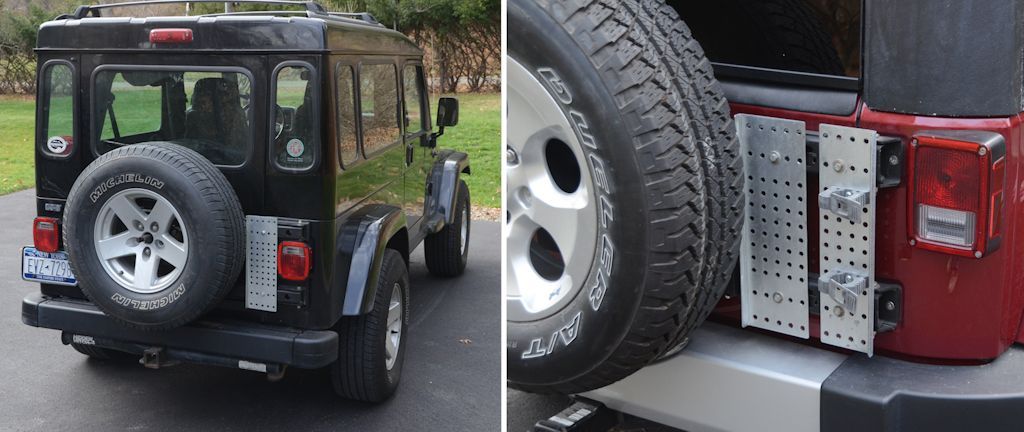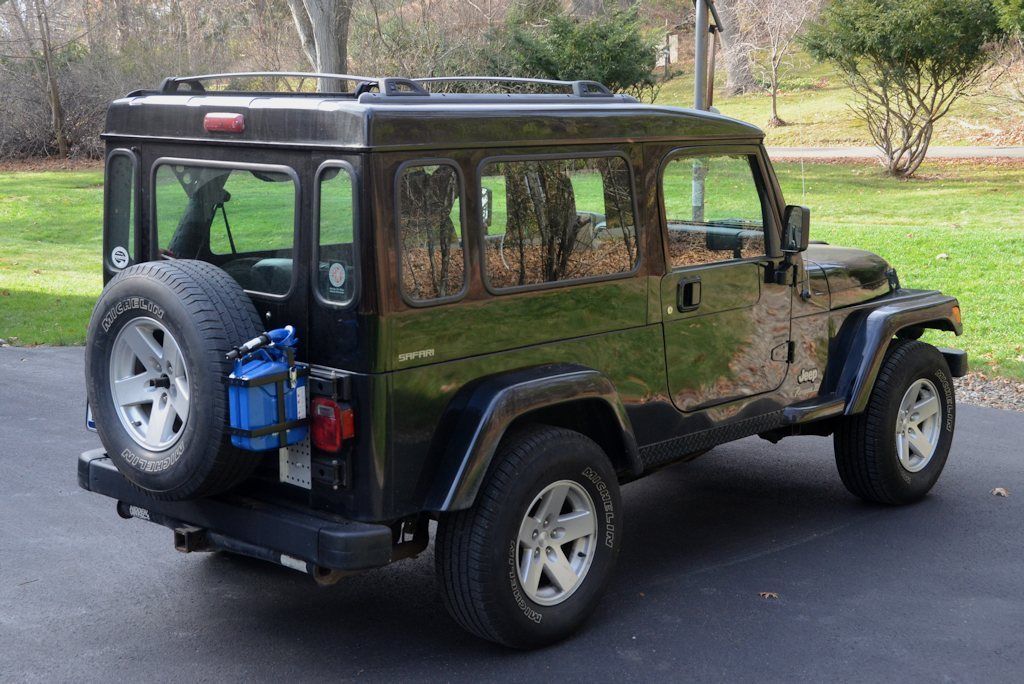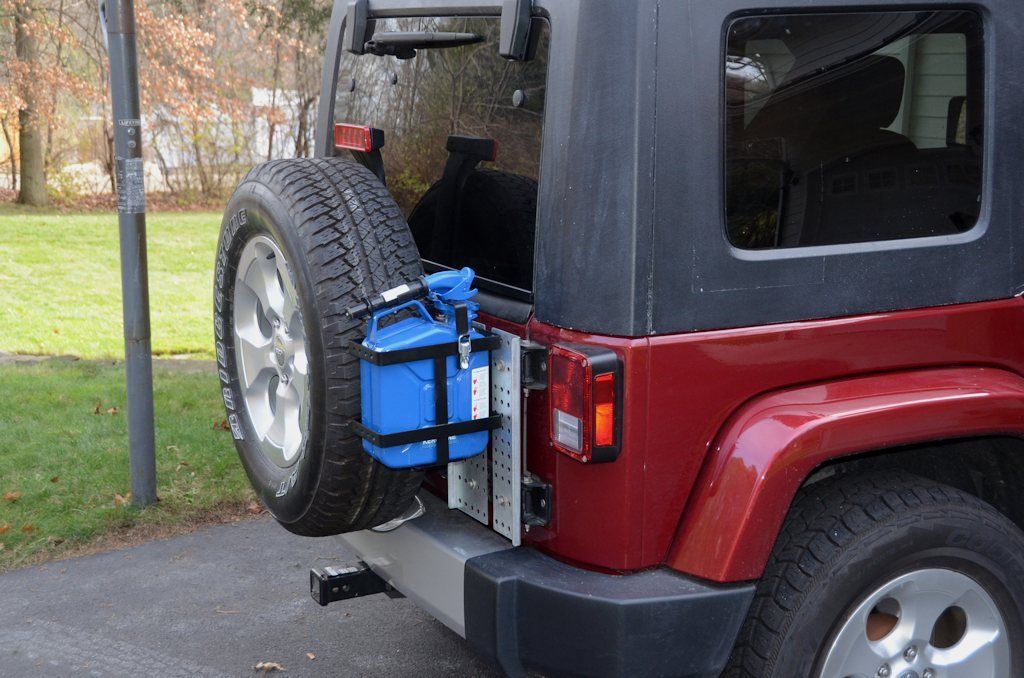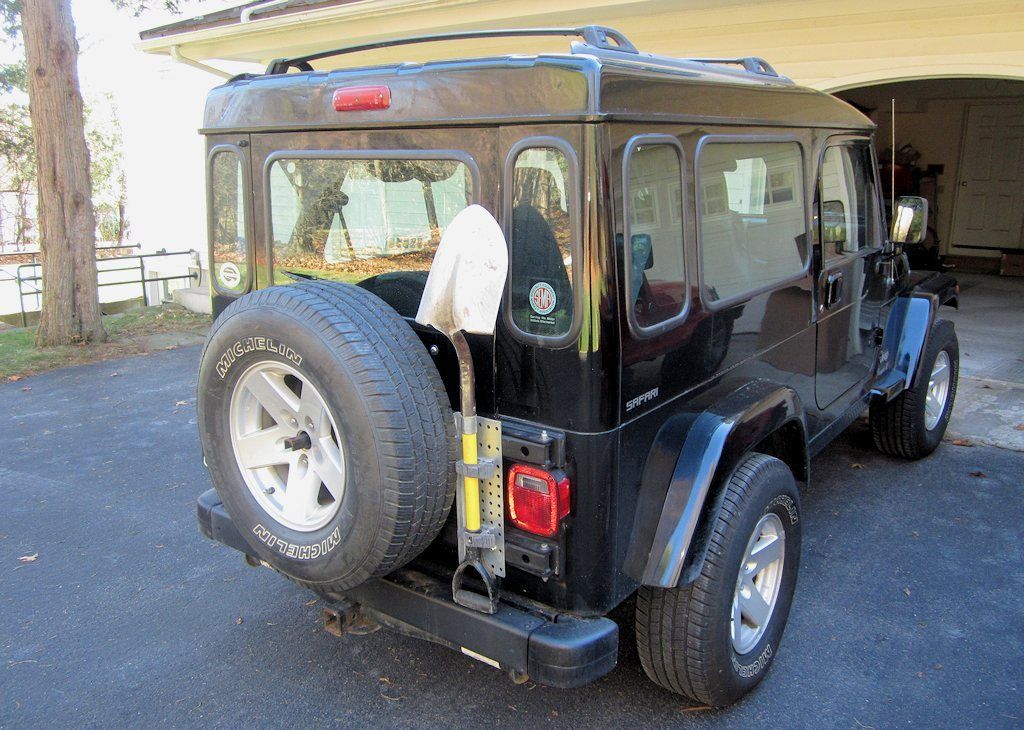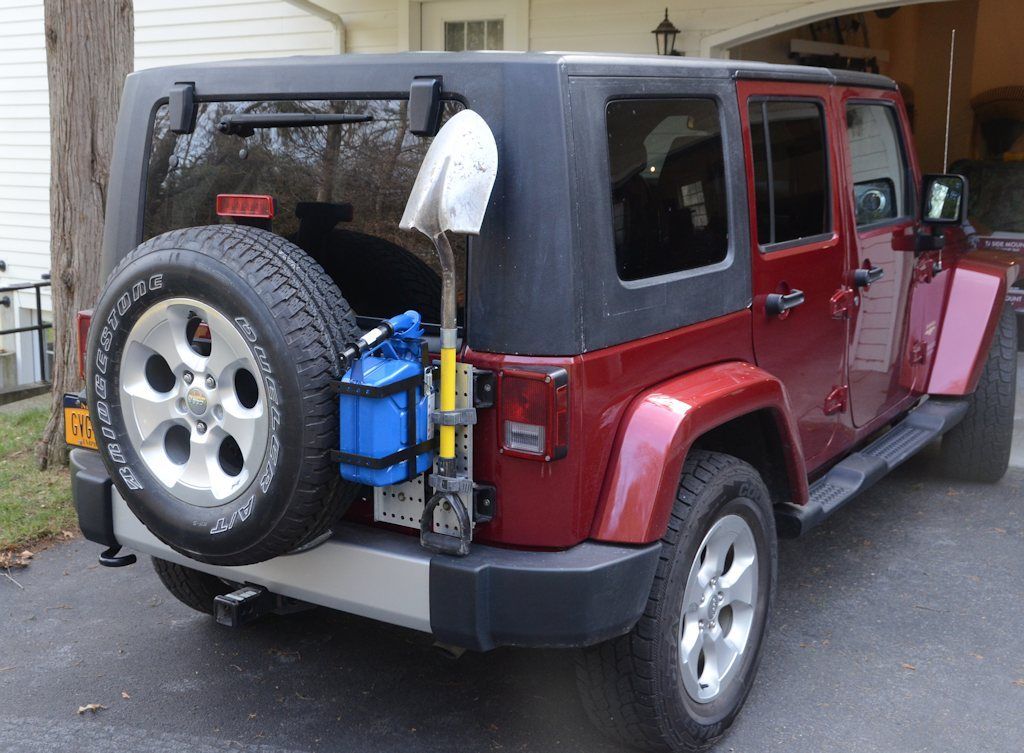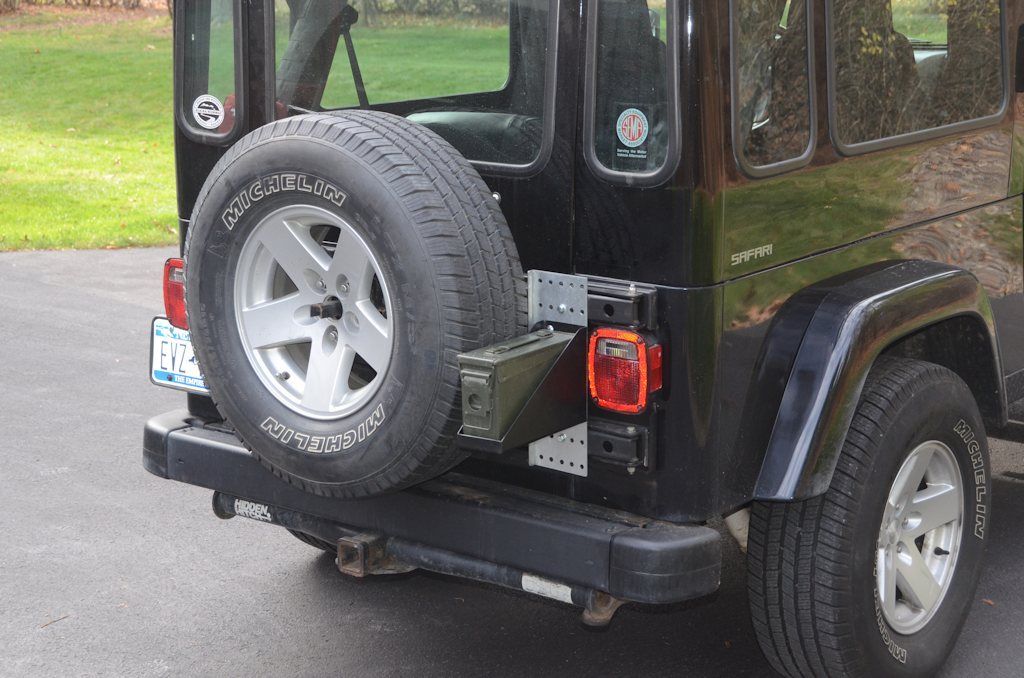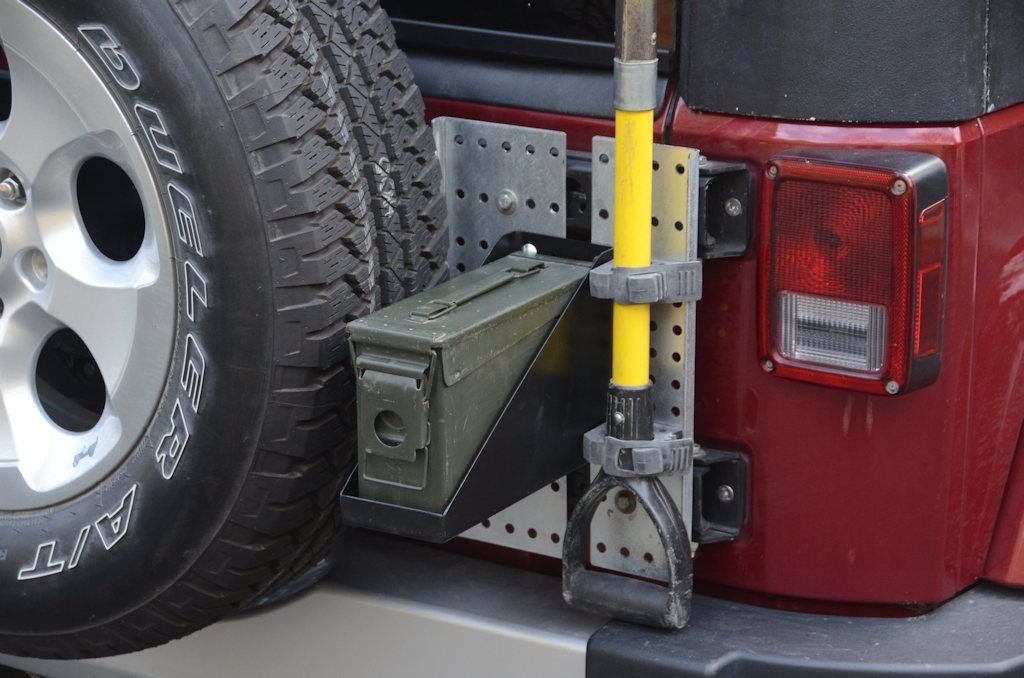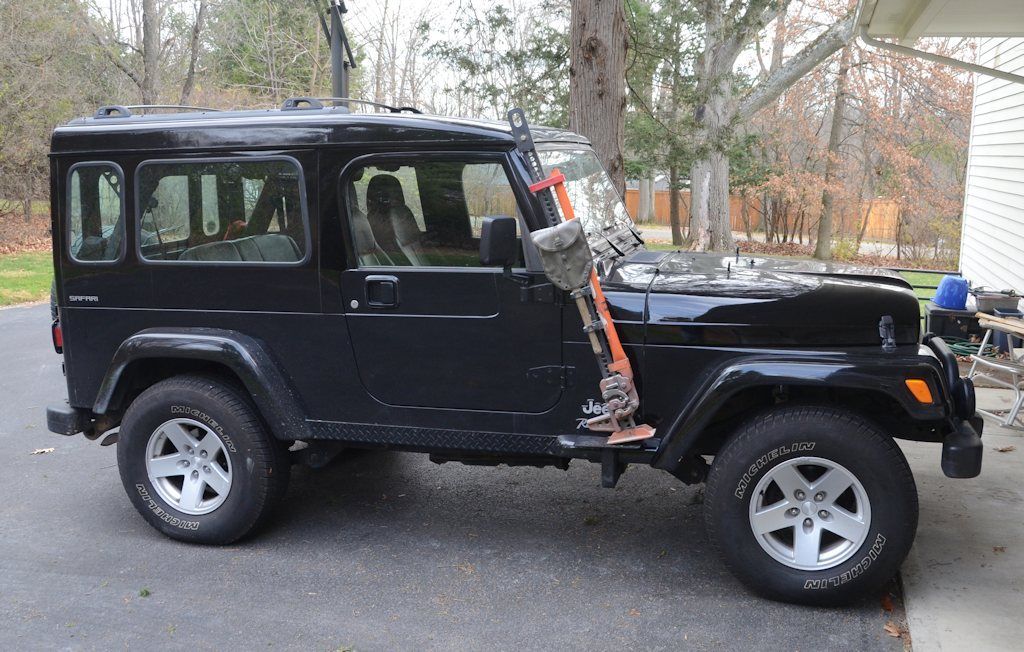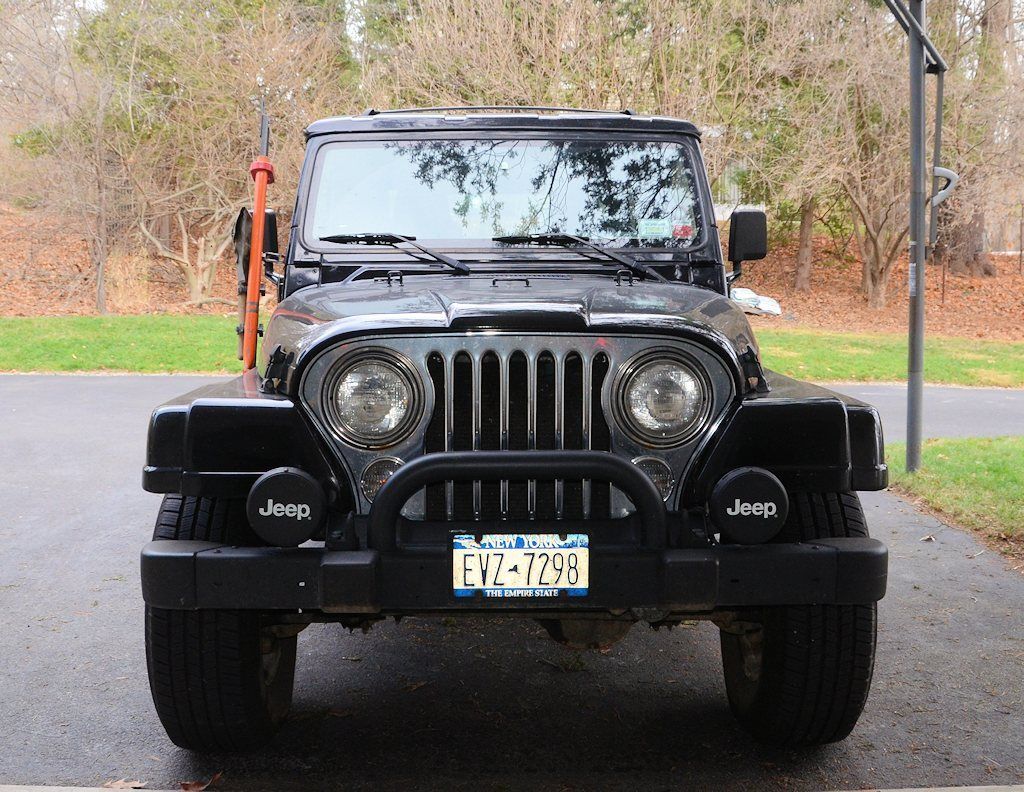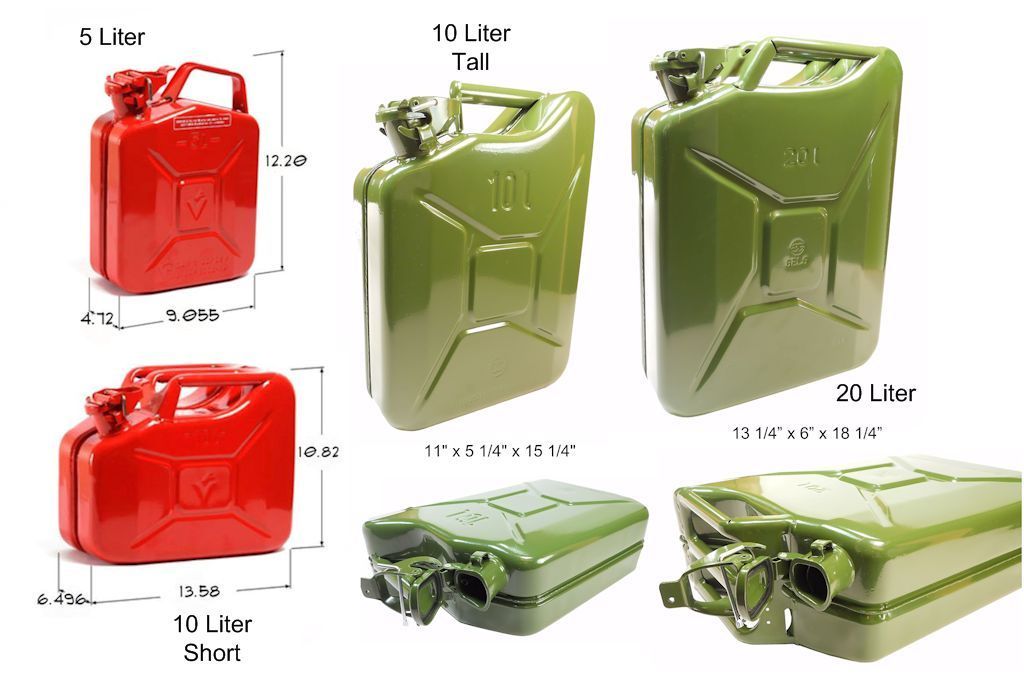Jeff,
I always like seeing the results of your creativity and fabrication skills. I've been kicking around the idea of using receivers on the frame rails to support the front of a roof rack. A few days ago I found this thread and discovered I'm not the only one with that idea.
Several people have voiced concerns about having side-mounted fuel containers in the event of a crash. I agree that rear-end collisions are more common, but with side mounting there's a good chance that you'll be exiting the vehicle through spilled fuel in the event of a side impact. Since you've come up with multiple options for Hi-Lift location, have you thought about a bracket to hold a couple Rotopax containers lying flat at the back of the hood? It solves the collision problem completely. The weight is higher, but more centralized. The biggest challenges would be providing adequate support with just the existing hinge holes and being able to open the hood with the containers mounted.
Jerry
Jerry,
Thanks.
The idea of mounting a Rotopax on the hood has been suggested to me before and I have given it some thought. Securing the container to the hood is pretty straightforward, I've come up with a way that could be done. But the reason I haven't built one is that I'm much more worried about a leaking fuel container sitting over the hot engine than I am about a collision. It seems to me a leaky or loose cap on a fuel container is a much more common occurrence than a collision, even if your cap works fine what if it doesn't get tightened all the way? It might be different if the container could be standing up so the fuel level doesn't reach the cap, but on the hood it would have to be laying down, so fuel would always be in contact with the cap. If it's loose or leaky, it wouldn't take much fuel to leak through the hood/cowl gap and possibly onto a hot exhaust manifold.
Jeff
PS: I think I've posted this before, but these tips bear repeating... there's really no 100% safe place to carry extra fuel - any place you can think to carry it you can also come up with a scenario where it would be hazardous. Here's how I manage extra fuel to minimize risk:
1. I only carry the cans when I am on a trip where I want to have extra fuel, which is maybe 1-2 weeks per year. The other 50 or so weeks I don't carry the cans or the carriers - because of the design of the jerry can carriers, they install/uninstall in about a minute or two each, so there's no reason to carry them when I don't need them.
2. Even when I am carrying cans, they are empty until the "last mile". For example, on my Colorado off-road trips, they're empty from my home in NY until I get to a gas station close to the trailhead in Colorado at which time I fill them before going into places less civilized. So even when I am carrying them they're empty most of the time when there would be other vehicles around.
3. I empty them at the first opportunity when there's no longer a need for extra fuel. Example: last summer I did several hundred miles off road in Colorado. Once I was back on pavement to begin the trip home, the spare fuel went in the tank.
And yes, all of the multi-car crash statistics I've see indicate that the most common multi-car accident is a rear-end collision, so it may be that statistically, carrying the cans on the side is safer than carrying them in the rear.
